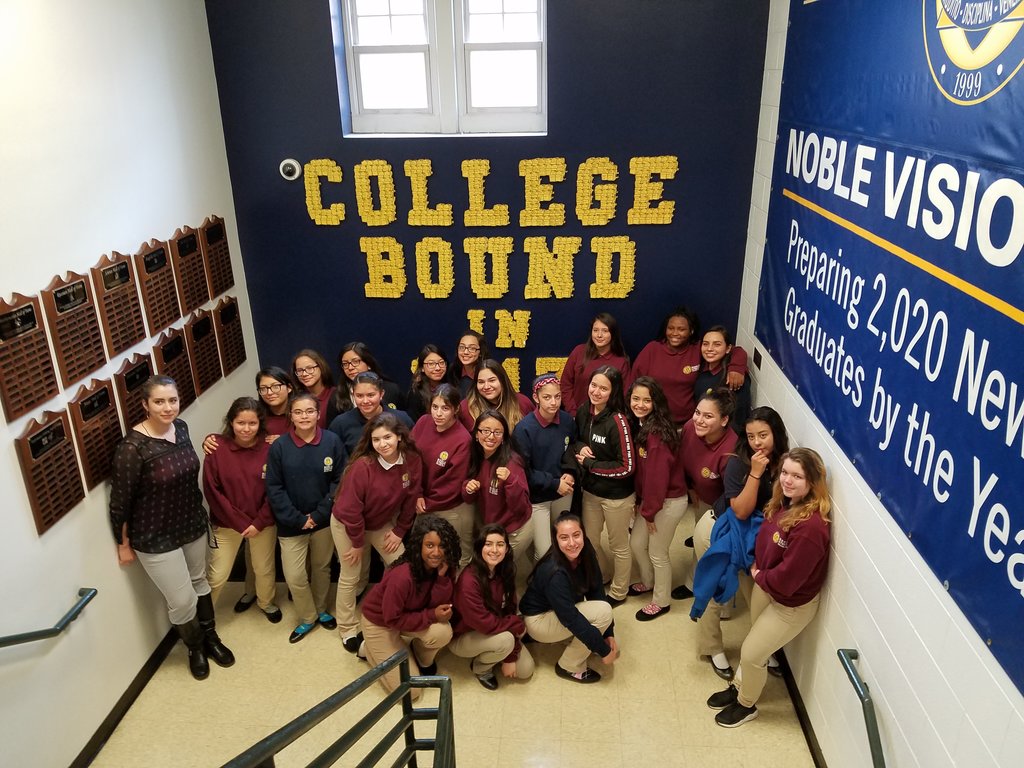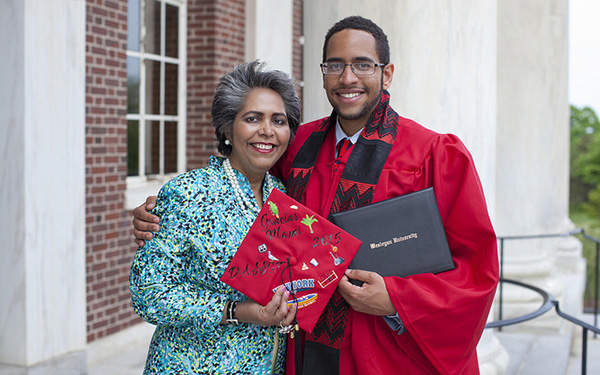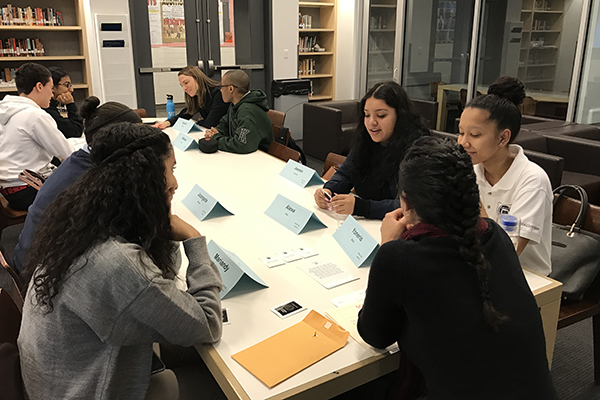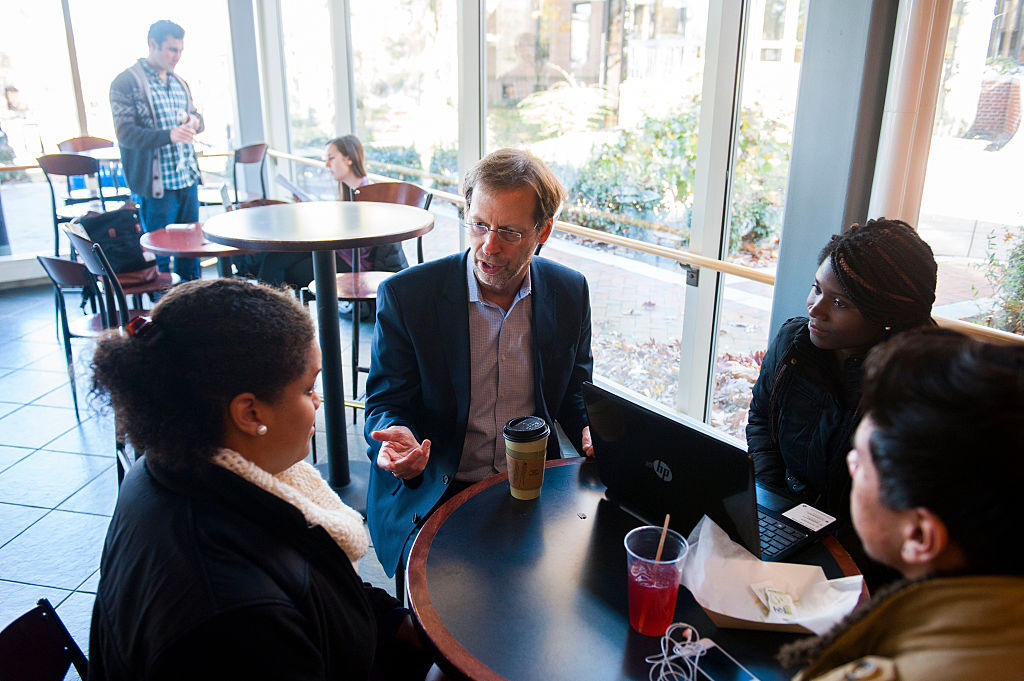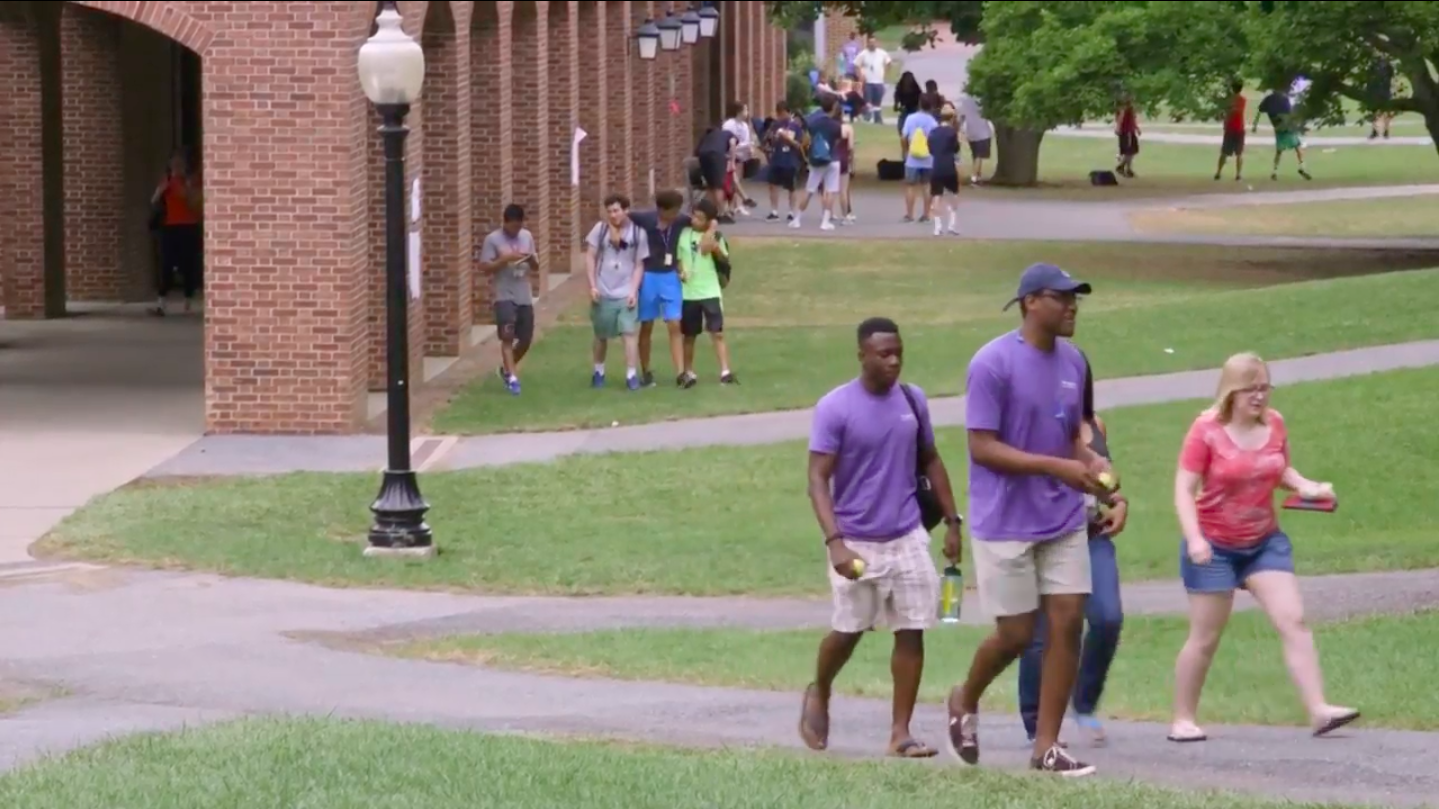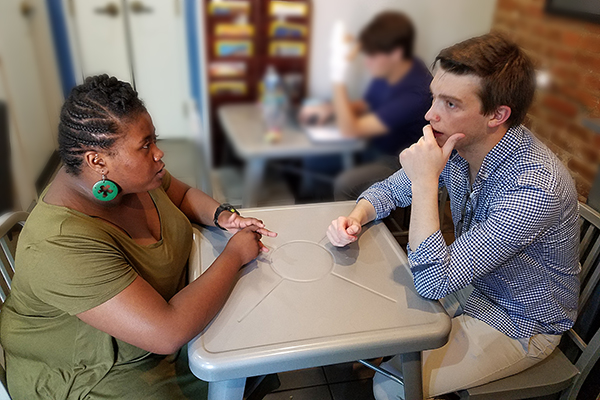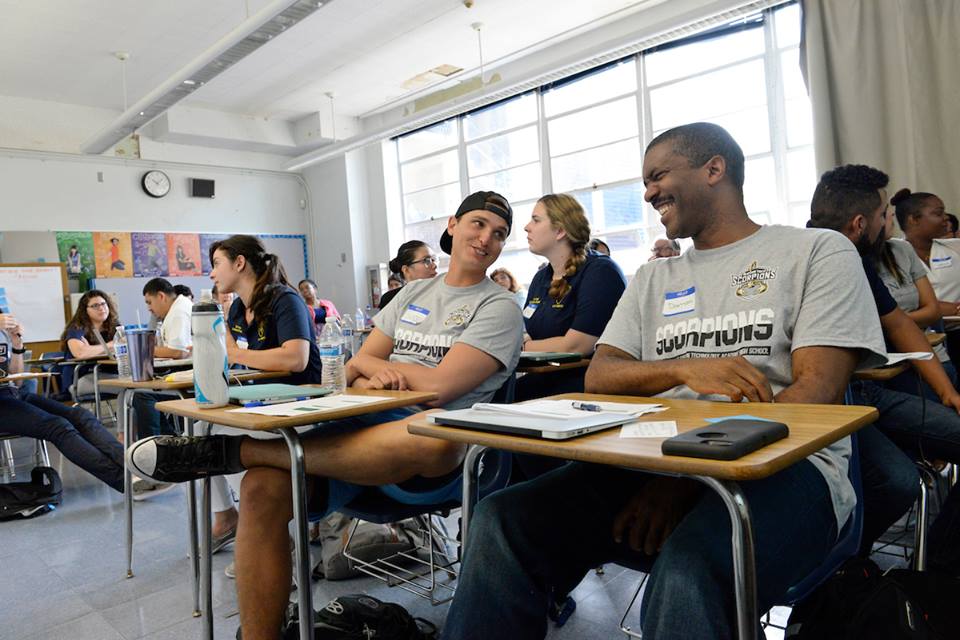King & Peiser: College Completion — Charter Schools as Laboratories

John B. King, Jr. and Brett Peiser. (Photo Credit: Uncommon Schools)
The news that high-performing public charter schools are paving the way in driving college graduation rates for low-income students illustrates one of the key hallmarks of what great public charter schools can be: laboratories of innovation that can benefit all of public education and the public good.
Both of us started our careers as teachers and founded charter schools because we believed — and still believe — that ZIP code should not determine a child’s destiny.
Low-income students and students of color deserve a high-quality public education that prepares them to go to and through college, and that provides them with access to the broadest possible set of life opportunities. That’s why we started public schools that were laser-focused on determining how to best educate and prepare the students we served for the rigors of college.
Uncommon Schools, where 83 percent of students are economically disadvantaged, takes this work very seriously. And the network has seen firsthand how powerful it can be when educators and school leaders look critically at data, ask the right questions, and then change their practices in response to information about student performance.
It isn’t rocket science, but it is hard and necessary work. Indeed, many schools across the country — charter and traditional district schools alike — do these very things.
But, as a nation, we know we have much further to go.
Fewer than 10 percent of low-income kids in the U.S. graduate from a four-year college. But about 50 percent of high school graduates from Uncommon Schools now go on to earn their bachelor’s degree, with another roughly 30 percent still enrolled, indicating a potential college graduation rate for future cohorts of 80 percent.
Uncommon Schools’ fivefold increase in the college graduation rate of low-income students is not an accident. It’s the result of three game-changing decisions the organization made in its 20-year history.
First, it has proven invaluable to clearly name the goal and honestly assess progress toward it. Educators have to be upfront about whether the needle is really moving for the most vulnerable kids. That means continuing to ensure as many students as possible who start at Uncommon stay all the way through high school. And though high school graduation matters, to truly change life outcomes, Uncommon Schools recognizes college graduation has to be the focus.
In the early years, Uncommon educators and school leaders congratulated themselves when 100 percent of students were accepted to four-year colleges. It was a worthy accomplishment for the organization and, of course, for the students. But knowing that the real goal is college graduation helped all Uncommon Schools identify where more could be done to ensure more alumni made it all the way through to college graduation and earned their degrees.
Next, Uncommon is committed to fully investigating the “why.” Teachers, school leaders, and organizational staff examined why students who were college-ready according to Uncommon’s original standards were not graduating. This took time and commitment to find the real root causes of why all students weren’t thriving in college. Some of the obvious reasons included the very real fact that financial problems dogged many students, as did the difficulties of transitioning to a completely unstructured college setting with complete freedom.
But Uncommon also discovered other insightful reasons why students struggled. First, students, far too often, were “undermatching.” Capable students were enrolling in colleges beneath their academic level, which increased their odds of dropping out of school. Data collected from Uncommon Schools also revealed definitive evidence that students who received less than a 3.0 GPA in high school struggled the most to stay in college. The data further showed that kids who attended Uncommon high schools had a much better shot of completing postsecondary education than kids who were only with Uncommon Schools through eighth grade.
All of this new information led to the third most important thing that Uncommon did: the network took action. Knowing what factors contribute to college graduation gave all Uncommon schools the road map to change instructional practices and decision-making that could have the potential to transform students’ lives.
While continuing to ensure students are as academically prepared as possible, Uncommon also started tackling each of these other barriers.
Students — especially those who are not on track to maintaining a 3.0 GPA — now receive coaching to help them develop the drive and self-advocacy skills they need in college. Parents and families now receive information about graduation rates at different colleges so they can help their children to make the best college choices. And the Uncommon network recognized the importance of ensuring that every Uncommon student has the choice to attend a quality high school. As a result, the network is committing to build Uncommon high schools in the cities it serves where there previously were none.
All of these things are still being developed — and, as is true in any laboratory, the learning never ends. New approaches are constantly tested. And life-changing innovations are just around the corner. Uncommon Schools has made great progress, and incredible potential exists for so many other schools — charter public, district public, or otherwise — to make the same headway on improving college graduation rates.
We are honored to be striving, alongside educators across the country, to pursue what works to expand opportunity to all students.
John B. King Jr. is the president and CEO of The Education Trust and served as the U.S. Secretary of Education from 2016 to 2017. Brett Peiser is CEO of Uncommon Schools.
Your Alumni
Story Here
We Recommend
-
Noble Network of Charter Schools: It’s Not Just About Going to College, It’s Also About Leaving to Learn Outside Chicago
-
Q&A With UNCF CEO Michael Lomax: We’ve Got to Garner More Resources for Low-Income Kids for This Journey “To and Through” College
-
Gilchrist: My Charter School Saved My Life
-
Exclusive: Data Show Charter School Students Graduating From College at Three to Five Times National Average
-
WATCH: At Newark’s North Star Academy, 100% of the Class of 2017 Is Going to College
-
WATCH – The Alumni Tell Their Stories: College Gave Jadah Quick Upward Mobility
-
The Data Behind The Alumni: Unbundling Facts, Figures, and Caveats


